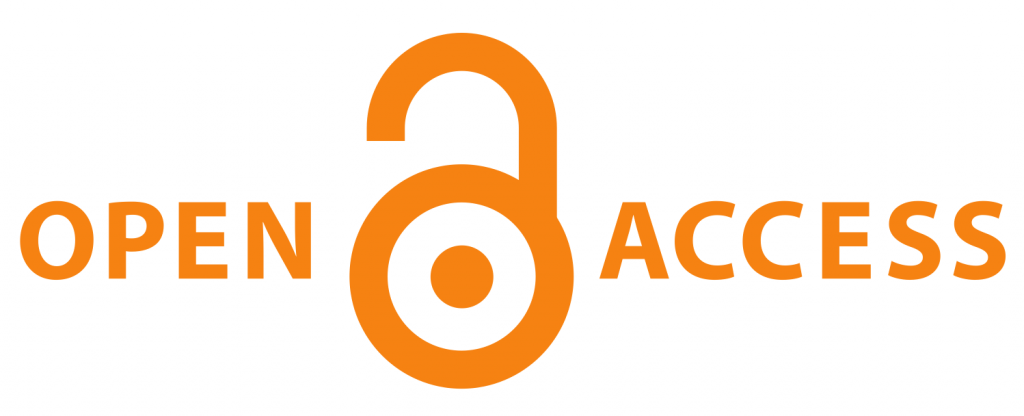Digital Literacy Capabilities of TVET Institutions for the Future of Work
Abstract
The government of Kenya has accepted Technical Vocational Education and Training (TVET) as a strategic pathway to socio-economic transformation. Policy statements, macro-development frameworks and trends now recognize that TVET is an enabler to accelerate functional skills for the labour market by imparting technical skills, social skills and values. Budget allocations for the sub-sector have risen in the last decade, with projections pointing at positive trajectories. These steps are taken to leapfrog development, reorient Kenya as a middle-income economy while dealing with the systemic and endemic challenges of youth unemployment. The global changes occasioned by shocks such as COVID-19 have accelerated the call for reorientation of work environments due to the shift in the fundamentals of employer-employee relations. These changes are happening when TVET is widely being recognized as the game-changer in the future of work. However, concerns are still evident on whether the curriculum available can meet this ambitious goal. This study presents national study report findings that explored the production of skills and competences of youth through Kenya’s TVET system. The study examined the extent to which TVET students exhibited technical, academic, digital and life skills and values through the whole youth development lenses. The study was conducted in 182 TVET institutions at all levels in nine counties. This paper looked at two main questions: 1) what are the TVET capabilities (organizational and technical readiness) to implement digital training? 2) What are the instructors’ capacity (pedagogical readiness) to implement digital training? The findings show that even though instructors capacity is important in ensuring quality if digital training but most of the instructors don’t possess the skills to offer digital training This paper concluded that we needed to invest in building digital capabilities by improving infrastructure and adaptive training models for the future of work. The paper recommends that the Ministry of Education should embark on a robust skilling of instructors and also build digital infrastructure to facilitate modern training models for the future of work.
Article Views and Downloands Counter
References
American Library Association. (ALA) Digital Literacy Task Force. (2013). ALA Task Force releases digital literacy recommendations.
Bodo, S., & Imani, N. (2021). Benefits of digital technical vocational education and training: ADEA.https://www.adeanet.org/en/newsletters/benefits-digital-technical-vocational education-training
Chen, D., & Dahlman, C. (2005). The Knowledge economy, the KAM methodology and World Bank Operations. The World Bank ISBN: 5-99004-061-x. -
King, K., & Palmer, R. (2010). Planning for technical and vocational skills development. UNESCO international institute for Educational Planning, Paris.
Nebe, J,. & Mang’eni, J. (2016) The youth question- creativity as a driving force for development. CAPYEI;
Partnership for 21st Century Skills. (2007). Framework for 21st-century learning. http://www.p21.org/documents/P21_Framework_Definitions.pdf’
Peano, S., Vergel de Dios, B., Atchoarena, D., & Mendoza, U. (2008). Investment in technical vocational education and training (TVET) in the Philippines. International Institute for Education Planning, Paris.
Republic of Kenya. (2012). Sessional Paper No 14 reforming educational and Training sectors in Kenya: Nairobi Press.
Richardson, A., & Herd, G. (2015). World report on TVET the promise and potential of ICT in TVET. http://oasis.col.org/handle/11599/824
Samara, M. (2021). Towards e-learning in TVET: Setting and developing e-competence framework for TVET teachers in Palestine. In: TVET@Asia, issue 16, 1-15. Online: http://tvet-online.asia/wp-content/uploads/2021/02/Samara_issue_16_ TVET.pdf
Sikenyi, M. (2017). Does Kenya’s youth enterprise development fund serve young people? digitization of TVET and skills system. https://www.ilo.org/wcmsp5/groups/public/ ed_emp/---emp_ent/documents/publication/wcms_752213.pdf.
UNESCO. (2010) Reaching the marginalized. Education for All Global Monitoring Report, The 2010. https://en.unesco.org/gem-report/report/2010/reaching-marginalized
UNESCO. (2011) Digital literacy in education. https://iite.unesco.org/publications/3214688/
UNESCO. (2012). Youth and Skills. Putting education to work. Education for all global monitoring report 2012. https://en.unesco.org/gem-report/report/2012/youth-and-skills- putting-education-work
UNESCO. (2015). Recommendation concerning technical and vocational education. https://en. unesco.org/themes/skills-work-and-life/tvet-recommendation
UNESCO Institute for Statistics (UIS) (2018c). “A Global Framework of Reference on Digital Literacy Skills for Indicator 4.4.2”. Montreal: UIS
Copyright (c) 2022 Africa Journal of Technical and Vocational Education and Training

This work is licensed under a Creative Commons Attribution-NonCommercial-ShareAlike 4.0 International License.
Copyright Notice Copyright of published articles is held by AfriTVET. No limitation will be placed on the personal freedom of authors to copy or to use in subsequent work, material contained in their papers. Please contact the Publisher for clarification if you are unsure of the use of copyright material. Apart from fair dealing for the purposes of research and private study, or criticism and or review, this publication may only be reproduced, stored or transmitted, in any form or by any means, with the prior permission in writing of the Publishers.


